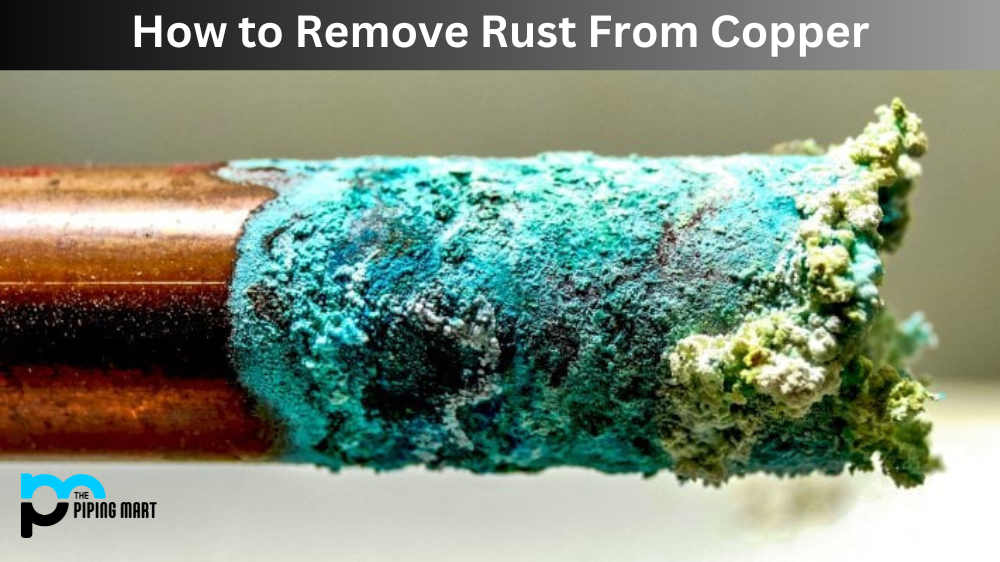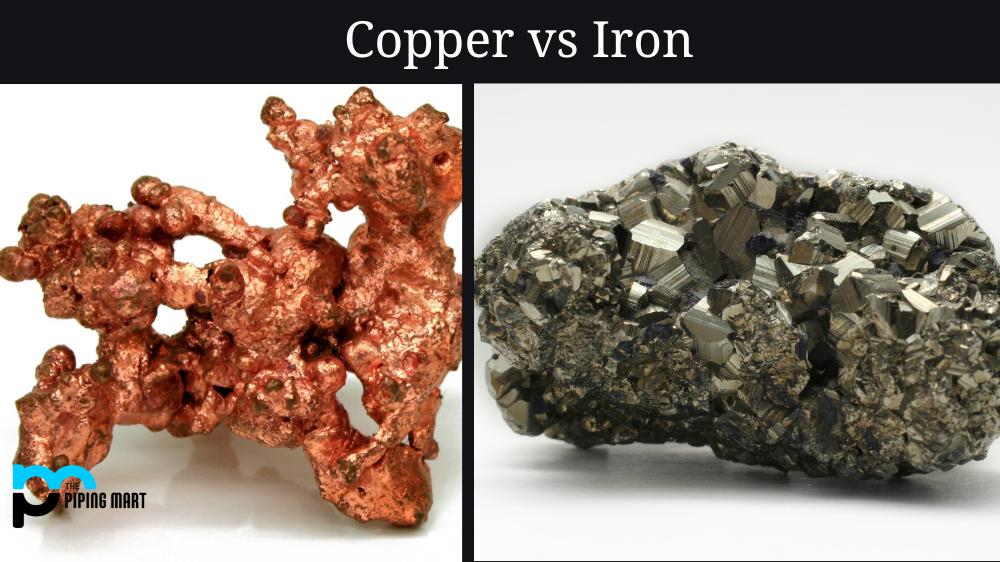When selecting a steel type for your project, many options exist. Two popular options are 1080 and 1060 steel. These two steel types are often compared because they share a similar composition, but some key differences set them apart. This blog post will deeply dive into each steel type and help you determine which is best for your project.
What is 1080 Steel?
It is a high-carbon steel that contains roughly 0.80% carbon. This high carbon content gives 1080 steel its strength and durability. It is often used for high-quality knives and swords because it can hold a sharp edge and resist corrosion. But it can be difficult to work with because it is so hard. It is not recommended for beginners or those with limited experience working with steel.
What is 1060 Steel?
1060 steel is a medium-carbon steel with a carbon content of around 0.60%. It is known for its toughness and flexibility, making it ideal for swords, knives, and other tools that need to withstand heavy use. Although it is not as hard as 1080 steel, it is still a durable and long-lasting option. It is easier to work with than 1080 steel, making it a popular choice among amateur and professional blacksmiths.
Difference Between 1080 and 1060 Steel
Composition
The main difference between 1080 and 1060 steel is in their composition. 1080 steel contains more carbon than 1060 steel, which gives it a higher carbon content. This makes 1080 steel harder and more durable than 1060 steel.
Uses
1080 steel is often used for making knives, as it is hard and durable. 1060 steel is often used for making swords, as it is tough and can withstand a lot of wear and tear.
Heat Treatment
1080 steel is often heat treated to make it even harder, while 1060 steel is not typically heat-treated.
Edge Retention
1080 steel has better edge retention than 1060 steel, which will hold its edge longer when used for cutting or slicing purposes.
Corrosion Resistance
1080 steel is more corrosion-resistant than 1060 steel, which will not rust as easily.
Which one is better?
When selecting between 1080 and 1060 steel, it’s essential to consider the intended use of the tool or object you’re creating. If you need a steel type with a sharp edge and is corrosion-resistant, 1080 steel is the better option. However, if you need a steel type that can withstand heavy use and is easier to work with, 1060 steel is the better choice.
Cost
Another factor to consider is the cost. Because of its high carbon content and strength, 1080 steel is more expensive than 1060 steel. If you’re on a budget, 1060 steel may be the better option because it is more affordable while offering many of the same benefits as 1080 steel.
Lastly, it’s essential to consider the time and effort required to work with each steel type. If you’re an experienced blacksmith, you may enjoy the challenge of working with 1080 steel and appreciate the results it can offer. But if you’re new to the craft or have limited experience, start with 1060 steel to perfect your technique and build your skills.
Conclusion
In conclusion, 1080 and 1060 steel have advantages and disadvantages, depending on the user’s needs, experience, and budget. 1080 steel is a high-carbon steel with strength and durability, making it ideal for sharp and corrosion-resistant tools like knives and swords. While 1060 is a medium-carbon steel that offers flexibility and toughness, it is a more affordable option and easier to work with. Ultimately, the choice between the two steel types comes down to preference and project requirements. No matter which steel type you choose, both have stood the test of time and have a proven track record of producing high-quality tools and objects.

A passionate metal industry expert and blogger. With over 5 years of experience in the field, Palak brings a wealth of knowledge and insight to her writing. Whether discussing the latest trends in the metal industry or sharing tips, she is dedicated to helping others succeed in the metal industry.




